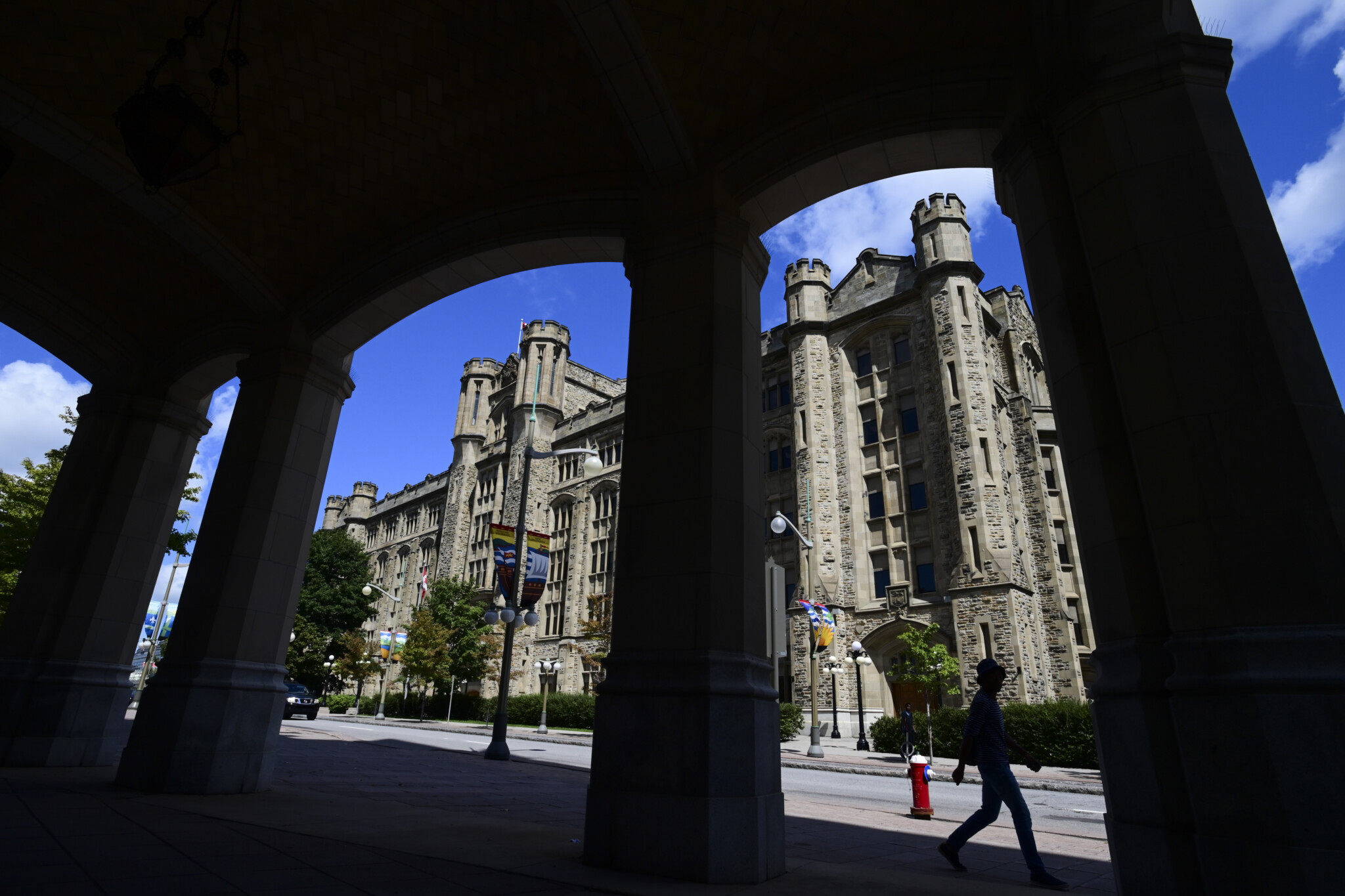
The Hub’s second annual Hunter Prize for Public Policy, generously supported by the Hunter Family Foundation, focused on solving Canada’s housing affordability crisis. A diverse group of ten finalists have been chosen from nearly 300 entries, with the finalists and winners chosen by an esteemed panel of judges, including Amanda Lang, Ben Rabidoux, and Mike Moffatt. The Hub is pleased to run essays from each finalist this week that lay out their plans to help solve this persistent policy problem.
Canada does not have a land scarcity problem—it has a land underutilization problem.
According to Statistics Canada, all the metropolitan cities across the country have large swaths of residential land sitting vacant. In Toronto, for instance, this number sits at 9 percent of total land area (131,000 acres). Ottawa-Gatineau has the highest proportion at 18 percent of the total metro (162,000 acres).
The problem of underutilization, however, reaches far beyond empty land being hoarded by developers and private interests. Most of the residential land in Canadian cities has been exclusively zoned for single-family detached (SFD) homes. Up until 2023, in Vancouver and Toronto, SFD zoning characterized 80.5 percent and 62.3 percent of residential land, respectively. As a result, SFD homes dominate the spaces in high-demand areas, such as downtowns, highways, and major transit hubs. Logically, these areas would be better suited for mid- and high-rise housing, optimizing the efficiency of land use, space, and taxpayer-funded infrastructure.
Due to these land underutilization issues, newcomers, including professionals and young workers, are increasingly being pushed further out of the city. This has contributed to urban sprawl, higher infrastructure costs, traffic, and the affordability crisis spreading to non-urban areas.
As home prices have skyrocketed, property tax rates have not kept up. Rates for the most unaffordable cities, Vancouver and Toronto, remain at some of the lowest in the country. In 2024, the two cities’ property tax rates sat at 0.3 percent and 0.72 percent of assessed values, respectively. These same municipalities, strapped for cash and unwilling to raise property taxes, often demand more funding from provincial governments to fund city services and programs. This funding will ultimately come from income taxpayers.
Low property taxes and skyrocketing price growth have only encouraged owners of valuable residential property to sit and hold. Empty nesters hold on to large SFD homes, denying the land to more suitable development or workers that require proximity to transit. SFD dwellings line the streets of downtown cities, and NIMBYism prevails. Homeowners in these neighbourhoods actively block and delay new developments through lengthy consultations, neighbourhood campaigns, and abuse of the heritage designation.
Many homeowners sitting in SFD dwellings close to transit centres and other high-demand areas would, at current prices, be unable to afford the homes they own today. At the same time, workers and other young professionals, contributing to the city by producing economic value yet locked out of home ownership, must pay astronomical rent prices or commute from outside of the city to work. It hardly seems equitable, then, that this same worker often pays more in income tax than the property owner pays in total tax.
So what is the solution?
Across the United States, nine states have completely replaced the state income tax with a property tax. Many others have kept their state income tax but still implement a high property tax rate. High property taxes disincentivize hoarding and encourage production; if an individual wishes to live in a particular community or home, they must be producing sufficient economic value other than sitting on property to pay taxes. They also reduce property values due to the added expense directly associated with ownership.
An analysis of home prices across all 50 states and D.C., controlling for income levels and state income tax, shows that each 1 percent increase in the effective property tax rate is associated with a total decrease of $107,467 US in the state’s median home price.
However, property taxes do not go far enough. Although discouraging hoarding and vacant homes, they do not encourage building—as property owners are penalized with higher tax rates if their property values increase.
To address concerns relating to supply and density, we need to consider another form of property tax: the land value tax (LVT). An LVT, as the name signifies, is a type of property tax that is imposed specifically on the value of land itself. It explicitly changes incentives for property owners to convert the land they own to its highest and best use. By taxing land, it is possible to tax inefficiently zoned homes out of existence and increase much-needed supply.
In the context of Canada’s urgent need for housing and the challenges posed by inefficiently zoned urban neighbourhoods, the concept behind implementing an LVT is that it would drive the infill of existing properties and the development of vacant residential land. Land in high-demand areas such as subway lines and downtowns would command a premium tax levy, and owners of SFD and other low-density structures in these areas would be particularly incentivized to sell. This would boost density, encourage new construction, and facilitate the creation of much-needed “missing middle” housing options.
To solve the housing crisis, I recommend the phased-in implementation of an LVT, which would be incorporated as a replacement for the provincial income tax—in the same way as states like Texas, Alaska, and Washington have implemented property tax as an alternative to state income tax.
The replacement of provincial income tax is essentially a redistribution of the tax burden. The majority of the burden would fall on speculators, land bankers, owners of vacant homes, and those holding valuable land, yet without the income to support paying the LVT.
According to Statistics Canada, the homeownership rate across Canada in 2021 was 66.5 percent and has continuously declined over the last decade. However, this statistic is somewhat misleading—the homeownership rate only measures the proportion of households occupied by the homeowner. In other words, a home occupied by the mortgage holder, their adult child, with an extra room rented out to a tenant would be included in this statistic.
It logically follows that the percentage of Canadians that actually own a home is significantly lower than 66.5 percent. Either way, to garner public support for an LVT, we can either wait until it drops below 50 percent—or quell the bleeding. Implementing an LVT is thus not only politically expedient but critical in solving the housing crisis now.










